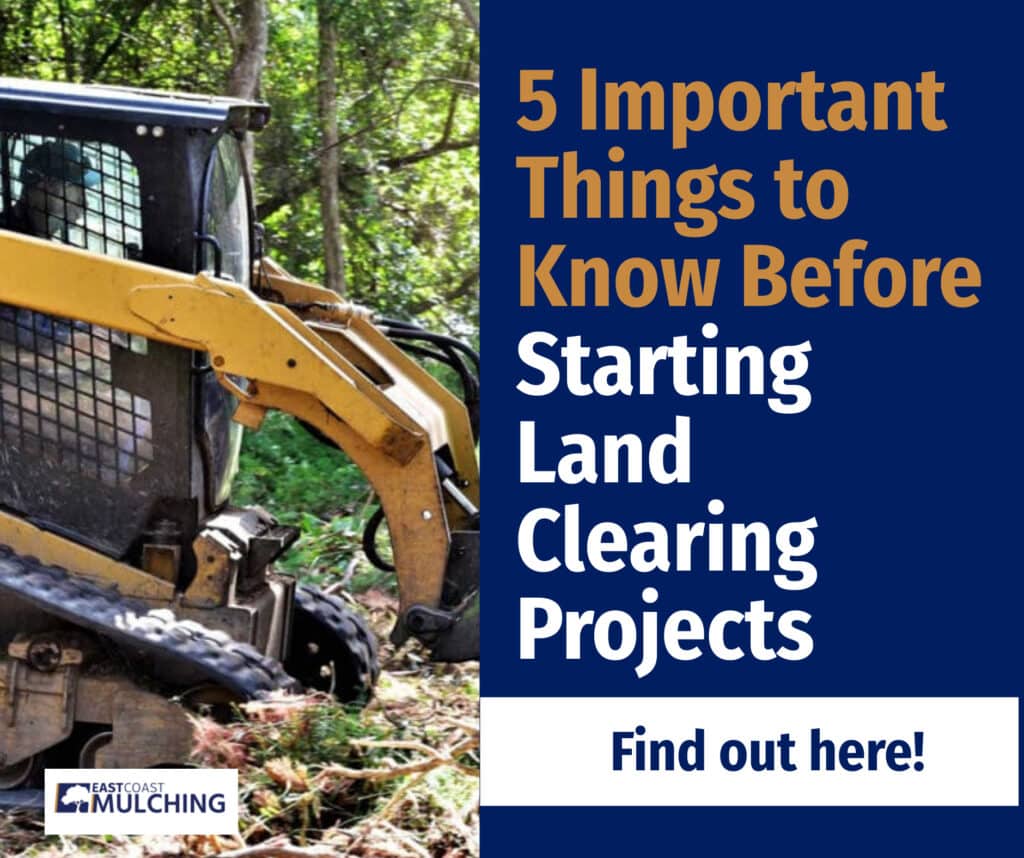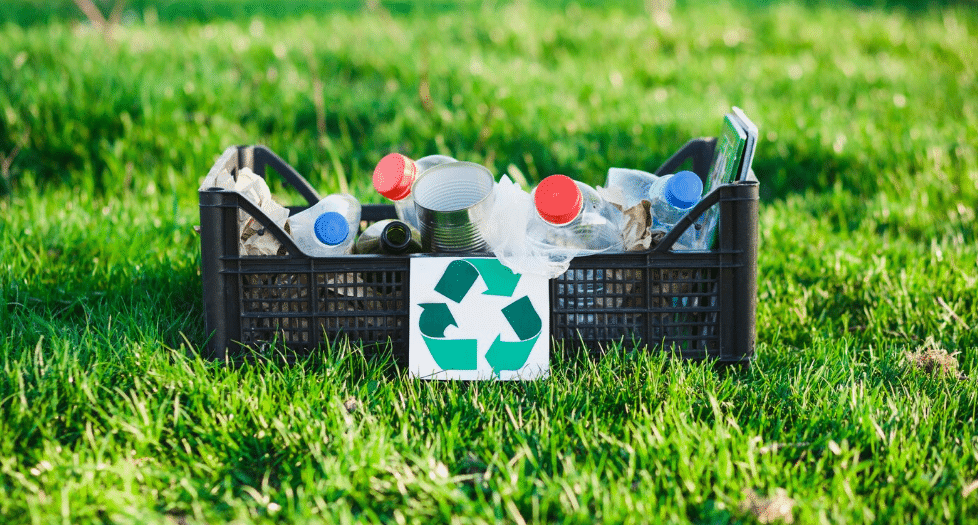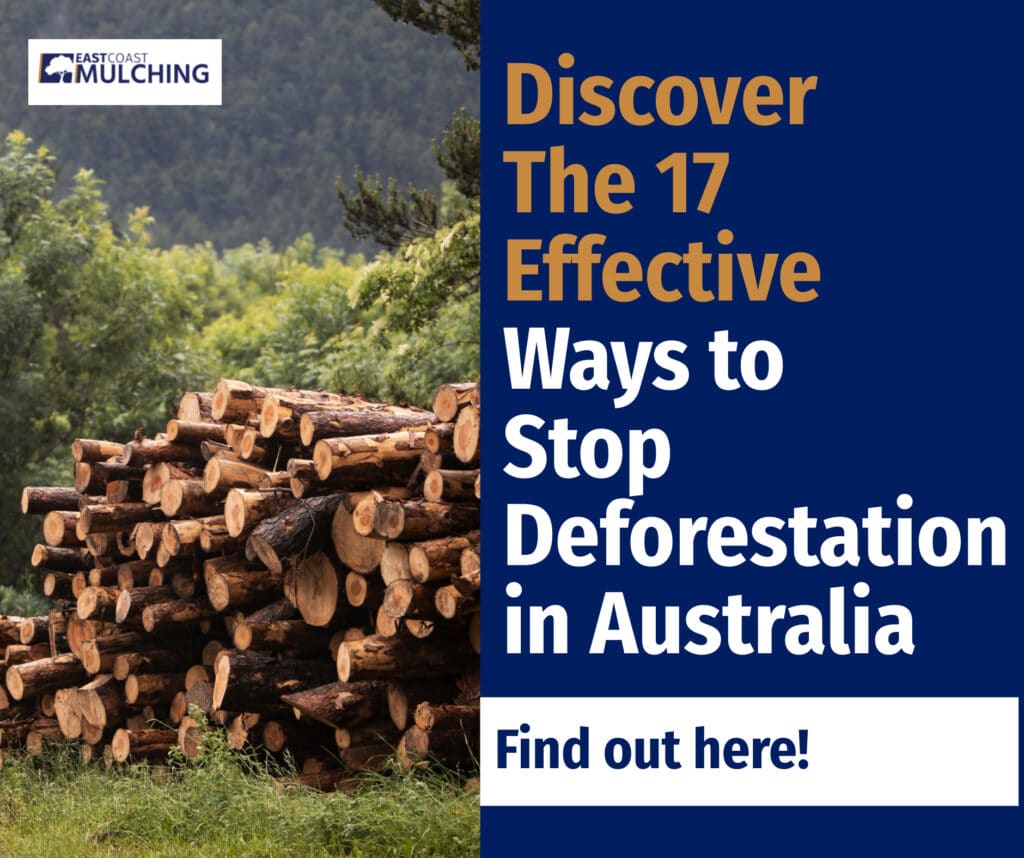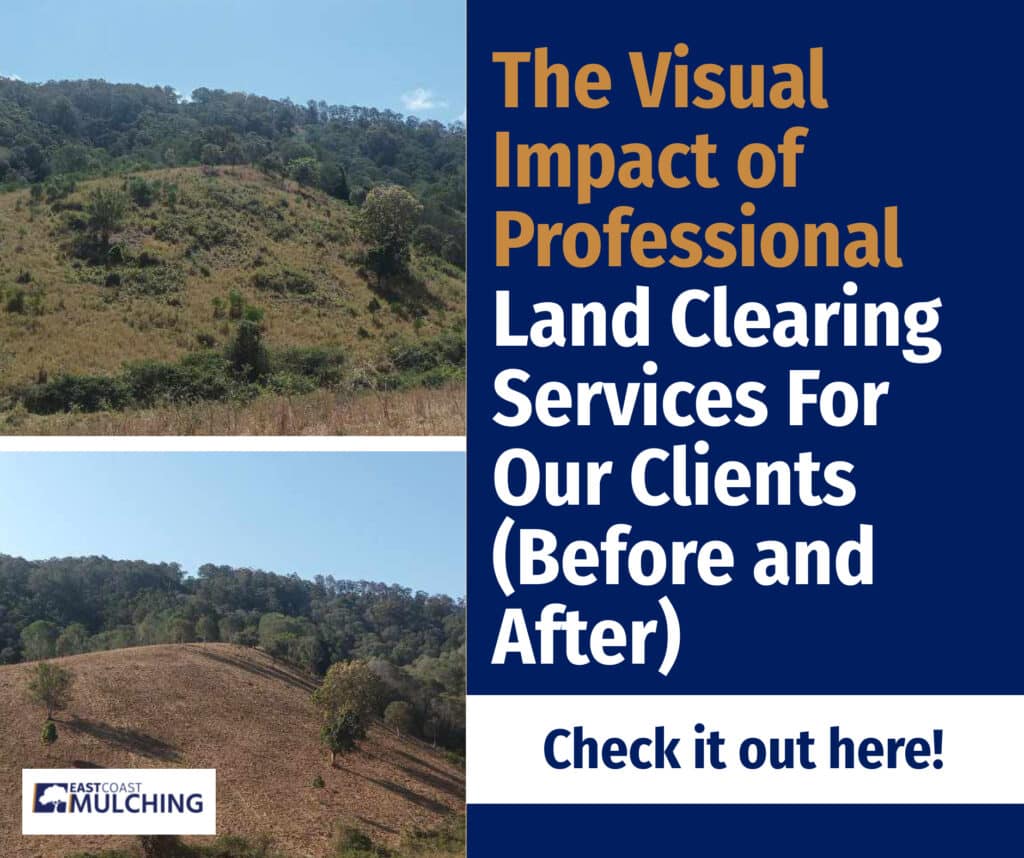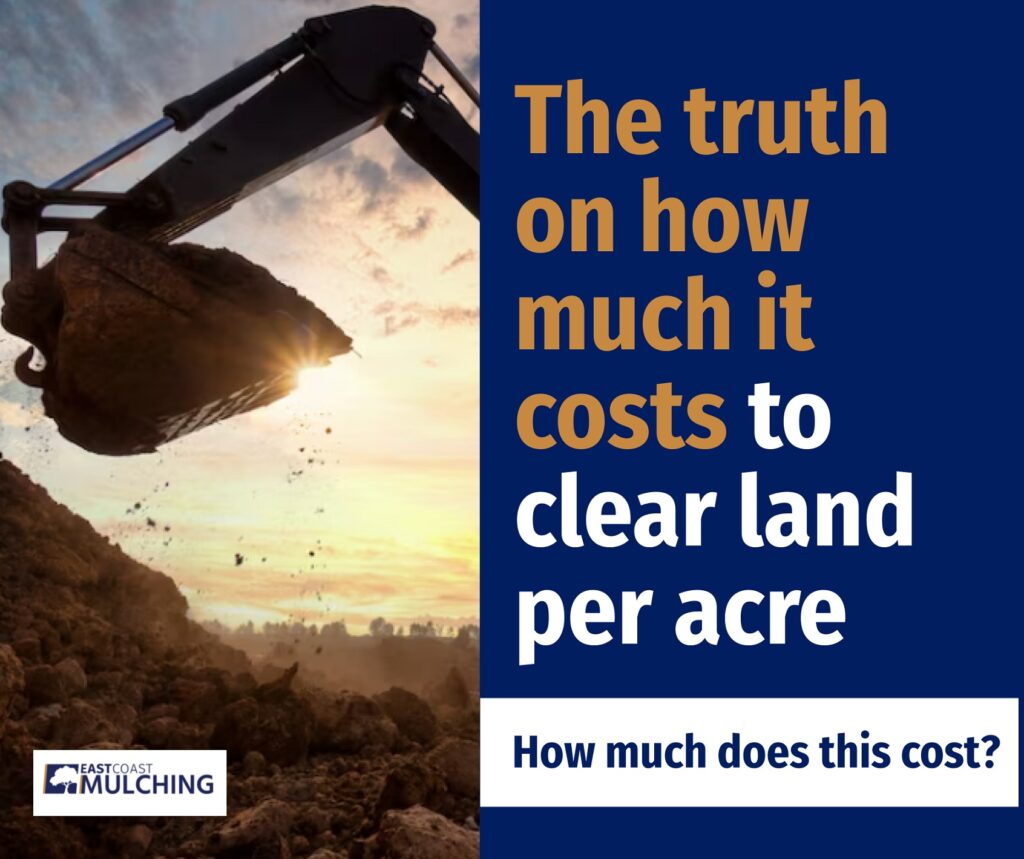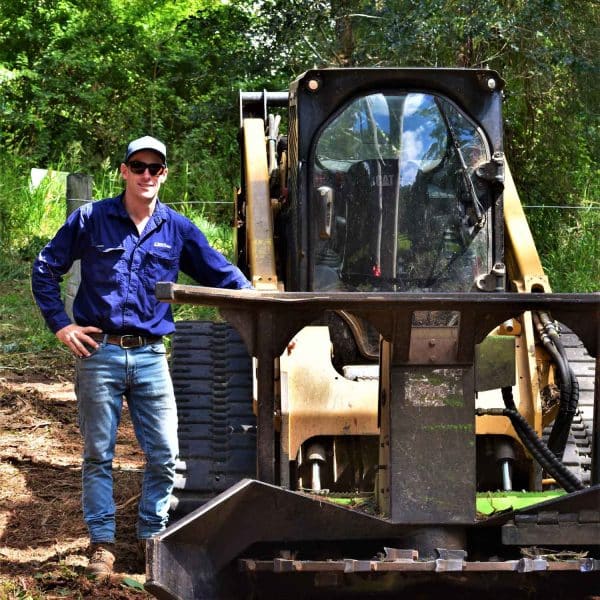There are several things to consider before the process of land clearing projects. Here, we’ll review some primary considerations before beginning land clearance. With these tips, you can stay on the right side of clearing regulations. You can also ensure the clearing method you use is effective and affordable.
1. Research Native Vegetation Regulations
Various Queensland laws govern land clearing. These include the Vegetation Management Act and the Planning Act 2016. Large-scale clearing to removing a few trees all require understanding relevant legislation.
Landowners must identify protected vegetation or threatened species before land clearing operations. You can do this through a Development.i site report. Information on vegetation distribution is also available through the National Vegetation Information System.
If there are protected native species, you must get a permit from the Sunshine Coast Council. This process includes submitting a completed DA form 1. This is assessed under the Planning Act 2016 and the Sunshine Coast Planning Scheme 2014. These guidelines reduce the impact of native forest logging and other high-risk activities. Complying with regulations ensures that land clearing aligns with conservation efforts. They also maintain the unique character and biodiversity of the Sunshine Coast region.
There are fees associated with applications for natural vegetation removal permits. Understanding these costs is vital for effective planning and budgeting.
2. Survey and Inspect Your Property
Surveying and inspecting your property before a land clearing project is critical. Map the land’s topography to identify slopes, elevations, and potential drainage issues. Locate and mark boundaries to ensure the clearing stays within your property lines. Identifying existing vegetation types helps in deciding what to preserve or remove.
Inspecting soil types and conditions helps determine suitable clearing methods. Checking for underground utilities like gas, water, or electrical lines is essential. Assessing access points for vehicles and equipment ensures efficient and safe movement. Thorough inspection helps plan, prevents legal issues, and minimises environmental impact.
If you would like to learn more or have any questions regarding our land clearing service, contact East Coast Mulching.
3. Consider Green Waste Disposal Options
Deciding how to dispose of green waste after land clearing involves several steps. First, assess the volume and type of waste generated. This includes branches, leaves, and stumps. Consider recycling options, such as chipping woody vegetation for mulch. Research local regulations and guidelines for waste disposal. Waste removal services can help with large volumes or specialised disposal.
For larger projects, renting a dumpster might be practical. Investigate local recycling centres or waste management facilities for disposing of non-compostable materials. Plan for transportation of waste. This includes considering the distance to disposal sites and the required vehicles. Assess the cost implications of various disposal methods to stay within budget. Consider the environmental impact of disposal methods.
4. Choose the Right Clearing Method for Land Clearing Projects
Various factors determine which clearing method is suitable for your job. Prescribed burning is a cost-effective option, particularly for clearing underbrush. It requires strict safety protocols and favourable weather conditions to prevent uncontrolled fires. This method suits large, open areas where burns can be safely managed.
Clearing and grubbing is a comprehensive clearing solution. It involves the removal of trees, stumps, and roots. It’s ideal for projects requiring a completely clear area, such as construction. This method can be expensive. It may also lead to concerns like soil erosion and habitat destruction. It requires heavy machinery and careful planning to minimise its ecological impact.
Land cleared through mulching balances effectiveness and sustainability. It’s affordable and environmentally friendly. Once completed, it leaves a layer of mulch that helps prevent erosion and enriches the soil. This method is suitable for clearing projects where preserving the natural landscape is a priority.
If you would like to learn more or have any questions regarding our land clearing service, contact East Coast Mulching.
5. What Is Your Budget?
The clearing method you choose will significantly impact your budget. Clearing and grubbing typically requires a lot of heavy machinery. There are significant expenses in equipment rental, operation, and labour. Additionally, there are costs for clean-up and disposal of debris.
Prescribed burning is a less expensive option but requires careful planning. Budgeting for this method includes various costs. These include safety measures, potential insurance increases, and any permits or professional help.
Forestry mulching is a cost-effective and sustainable method. It generally involves less machinery and staff, lowering labour and fuel costs. This method also reduces the need for extensive clean-up and debris disposal, keeping expenses down.
Consider the area’s size and the chosen method’s suitability. Factor in extra costs like permits, insurance, or environmental impact assessments. Balancing cost-effectiveness with ecological responsibility is critical in budget planning for land clearing.
Conclusion
There is much to consider before you perform land clearing. Proper planning helps avoid legal trouble and ensures effective and affordable clearing.
Contact us today for a free quote if you need local land services to help with land management.

